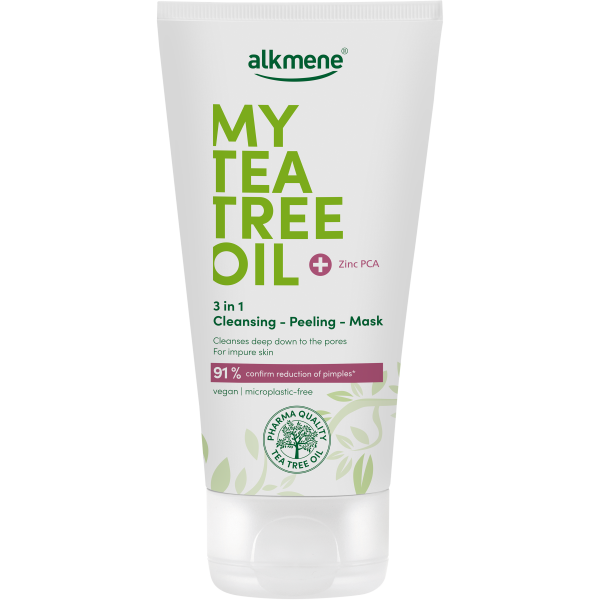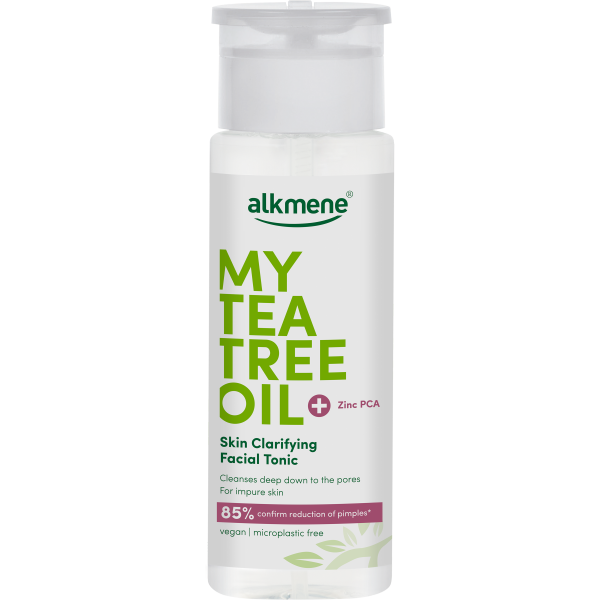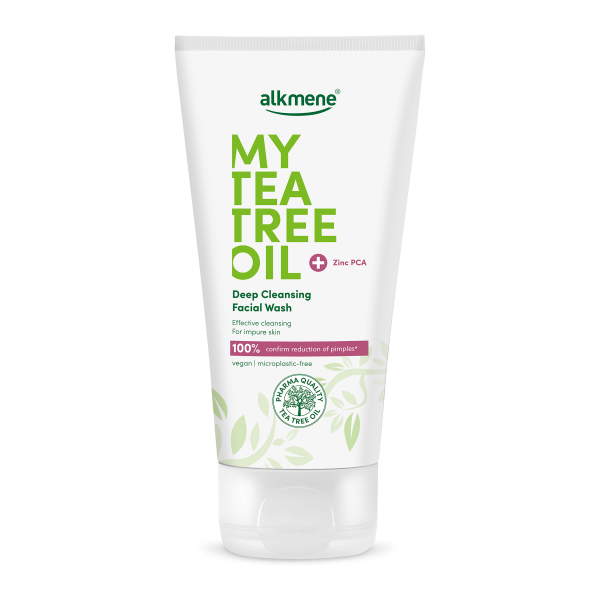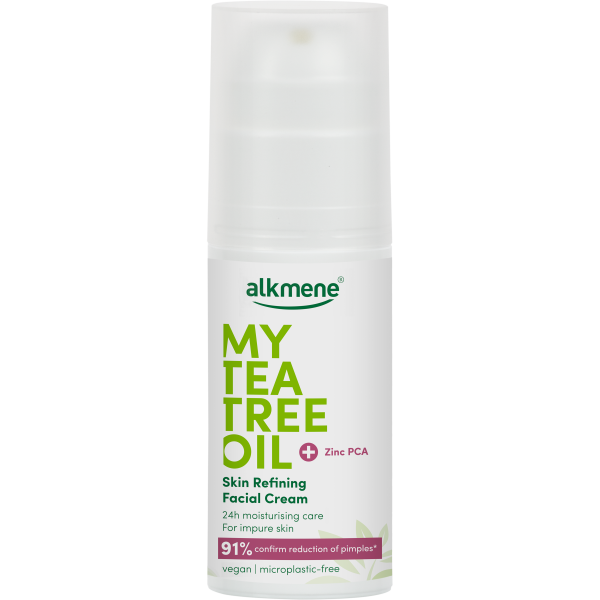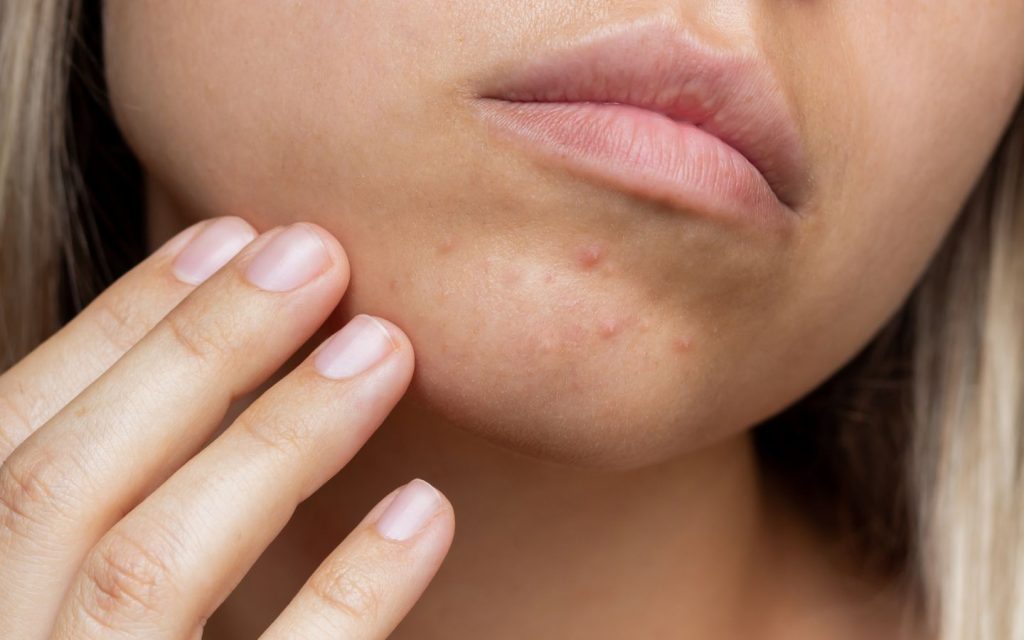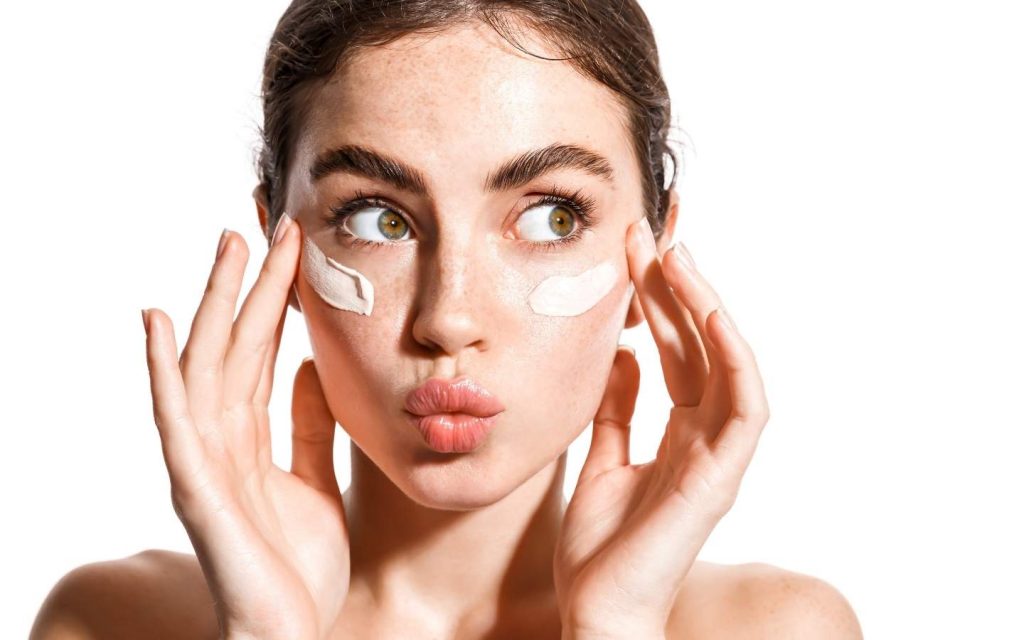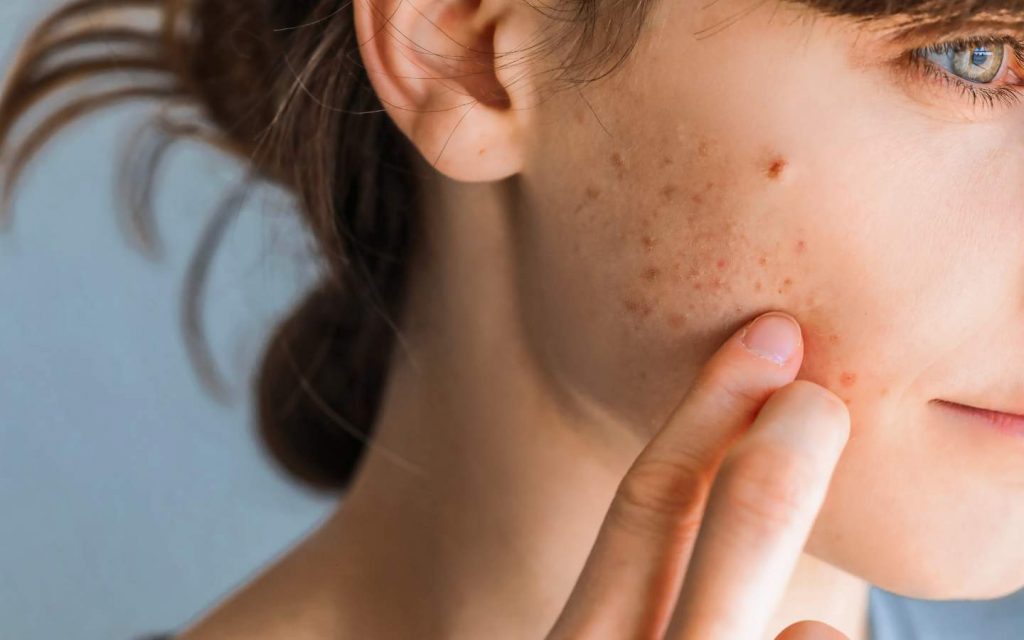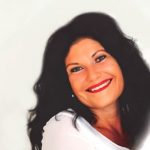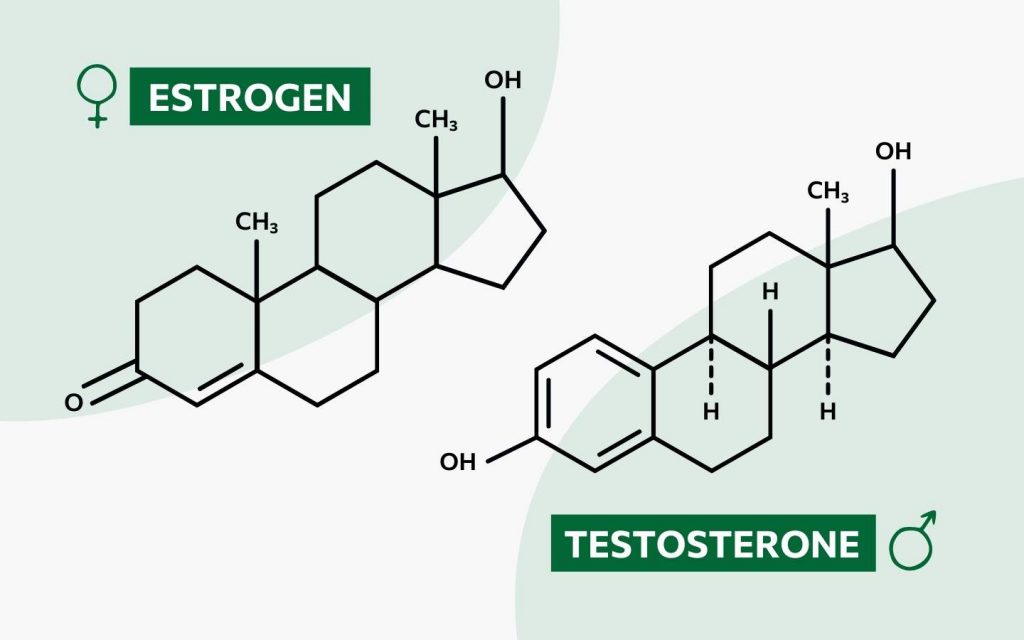
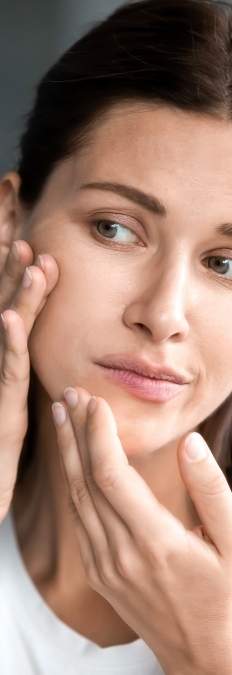
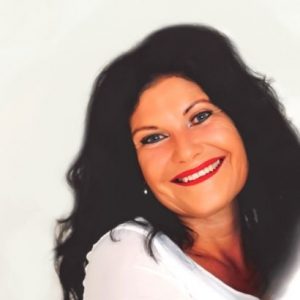
This article has been reviewed by:
Alexandra Beck
Cosmetician
Everyone knows pimples – sometimes they are small and disappear after a few days and sometimes they are hard bumps that sit deep in the skin and hardly want to disappear. Impure skin can show many “faces”. Besides pustules and nodules, there are papules, whiteheads, blackheads, cysts and milia. But how do these respective types of blemishes differ?
In this article, you’ll learn how each type of blemish develops, how to recognize them, and how best to treat them.
Causes and triggers for the different types of skin blemishes
There are endless causes and factors that can cause or promote skin blemishes like pimples. However, the most common reasons are usually:
- The wrong or unhealthy diet
- Hormonal changes and fluctuations (e.g. pregnancy, ovulation, discontinuation of the pill, menopause)
- Environmental influences (e.g. stress or nicotine)
- Medication intake (e.g. antibiotics, cortisone)
- Or the wrong skin care
If you want to learn more about the causes and triggers of blemishes, check out this post.
How do skin blemishes (e.g. pimples) develop?
Most skin blemishes are caused by hyperkeratosis or by seborrhea. These two processes are triggered by the factors listed above.
- Hyperkeratosis describes the increased cornification of the skin. Dead skin cells can no longer be shed quickly enough due to increased growth of horny cells in the excretory duct of the sebaceous gland.
- Seborrhea refers to the overproduction of skin oils (sebum) in the sebaceous gland. Since sebum is the perfect breeding ground for bacteria, this leads to unhindered growth of these bacteria, which then cause micro-inflammations in the skin.

What are the types of skin blemishes and how do they differ
Consequences of hyperkeratosis and seborrhea are skin inflammations, which we also know as pimples. But not all pimples are the same. Skin inflammations can take very different forms. These types of skin blemishes include blackheads, papules, pustules, cysts or nodules.
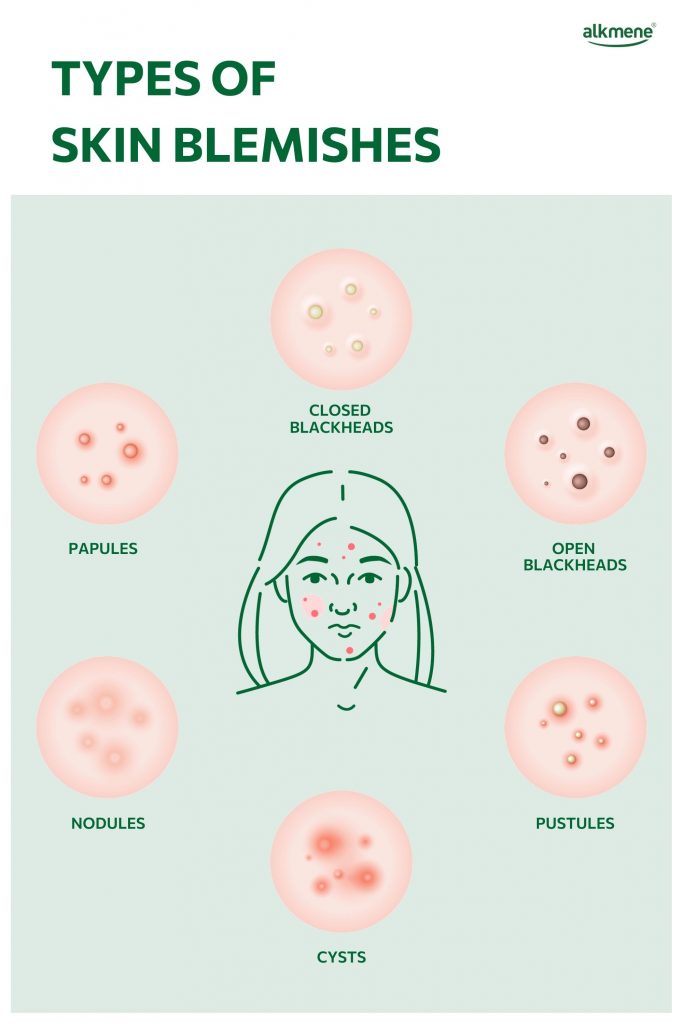
All types of skin blemishes start as blackheads. Blackheads consist of sebum and dead skin cells. These form a kind of plug (called a comedone) resulting from the inflammatory reaction and the associated excessive keratinization. Closed blackheads, also called closed comedo or whitehead, are recognizable as white blackheads. Whiteheads already look like a small white pustule, but the sebaceous gland duct remains closed.
Open blackheads, also called open comedo or blackhead, similarly to closed blackheads, consist of sebum, skin cells and bacteria accumulating on them. Unlike whiteheads, the plug of the closed blackhead, due to the pressure in the pore is broken through the hair channel and can be seen on the surface. Due to contact with oxygen, the sebum oxidizes, giving it its dark color.
In open blackheads, sebum, horn and cells can leak out, while in closed blackheads, more and more bacteria are formed. Due to these bacteria, the pore becomes more and more red and inflamed and pus forms in the hair canal. This pustule is what we understand as a classic pimple.
Papules are small raised bumps on the skin. They are red in color and swollen from inflammation. Papules are more painful than whiteheads or blackheads but not as bad as nodules or cysts.
Cysts are worse than normal pustules, are located deep in the skin, are very painful and are slow to heal. They are often caused by hormones and usually arise from infections on or in the clogged pores.
Nodules are similar to cysts and form one of the most severe forms of acne. They are not filled with pus, but still form a hard, very painful bump deep in the skin. They do not necessarily turn red, but can be quite normal to the skin color.
You’ve probably wondered what those small, white or skin-colored, spherical nodules are that don’t seem to disappear on their own. Milia is not an inflammatory reaction, but small, horn-filled cysts that spontaneously form on the excretory ducts of the sebaceous glands. The cause of milia is unclear, but since it is not an inflammatory reaction, medical treatment of milia is not necessary.
Treatment of the different types of skin impurities
White and blackheads can be easily treated with regular, thorough cleansing as well as peelings (such as MY TEA TREE OIL 3 in 1 Cleansing-Exfoliation-Mask). Acute help for pimples and skin impurities is provided by the MY TEA TREE OIL Anti Spot Stick. In this post you can discover why tea tree oil is so good for pimples and blemished skin.
If you suffer from recurring cysts or nodules, you should definitely see a dermatologist to discuss appropriate treatment.

If skin impurities are encapsulated and lie deep under the skin, you should not try to squeeze them out. A “normal” pimple needs about 1-2 days until “the white” appears on the surface. Only then should it be squeezed. Always disinfect the affected area beforehand and use a cosmetic tissue or comedone squeezer to squeeze it out. With the fingernails you easily hurt the skin, so that bacteria can penetrate and the pimple becomes even more inflamed.
For all types of skin blemishes applies:
- Clean the skin regularly, but also do not overdo it with the use of care products
- Do not touch your face and if you do, wash your hands first
- Wash bed linen and towels regularly
- Drink water regularly
- Eat a healthy and balanced diet (if you want to know which nutrients promote clear skin and which foods should better not be on your menu, click here)
- Avoid alcohol and cigarettes
![]()

